
Jock Sturges: The World Doesn’t Need More Pictures About Men Looking at Women and Desiring Them
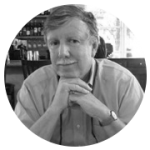
American photographer. Takes photographs of nude models in the nude beaches of California, France, and Ireland. Studied Educational Psychology and Psychology at Marlboro College in Vermont, has an MA from San Francisco Art Institute. In late 1990s, the evangelical leader Randall Terry called to destroy photo albums of Jock Sturges, David Hamilton, and Sally Mann, claiming that they insult the feelings of believers. Several criminal cases were opened against the photographer in the US, but all of them were later closed.
Naked and Happy
When did you start doing nudes?
I grew up in man collectives. I was in a boy’s school for eight years and a boy’s camp. When I finished school I joined the Navy, and the Navy was also only men. And I have four brothers and not one sister. So when I got out of the Navy I went to a little college in Vermont where I found myself among young women, because we studied in mixed group. I was happy. And I discovered that women were into a conversation that I was interested in, if we avoided the topics of sports, cars, or some women’s things. At that time I did nudes of some of the other girls. Those pictures were more about passion than intellect, and I stopped doing nudes for ten years after the feminist workshop that changed my attitude towards nudes.
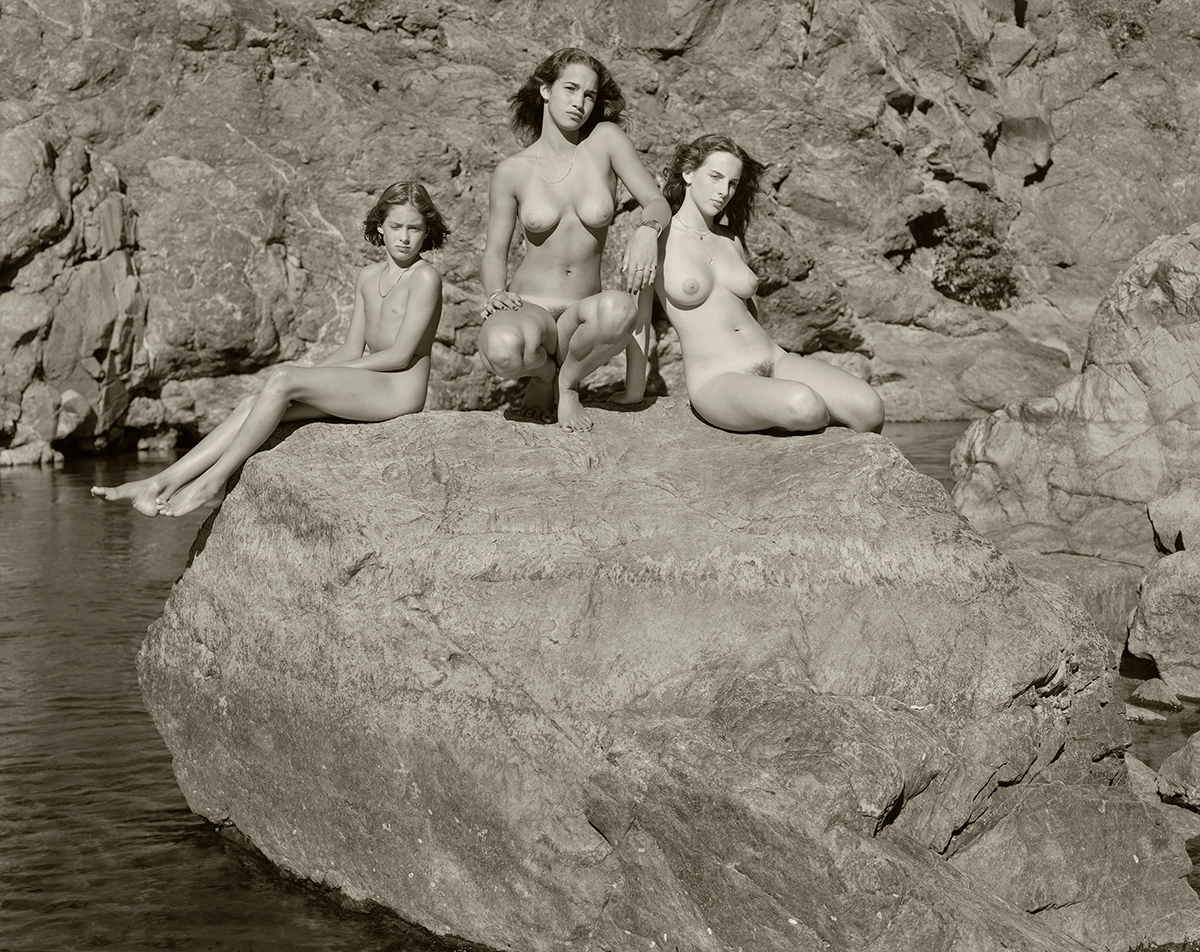
Why did you stop doing nudes?
When I was at college, my pictures were about man looking at women and desiring them and the world doesn’t need more pictures like that. But ten years later I was in Northern California visiting my brother who lived in the mountains, in a very wild and quiet place. We decided to visit the hippy commune some kilometers from there. I remember it was January, it was cold and the road snaked. When we got there, there were eighty or ninety hippies standing in the road naked because they had made a sauna on stones. Steam went up from the branches of trees. They were completely not self-conscious about their own nakedness. It impressed me. I took pictures of them that day and also a picture of one girl sitting at the door and catching a few winter sun rays. She was eight or ten years old and also naked. These pictures changed my life because I have never seen the absence of shame before. I have never seen people who are completely happy dressed or nude the same. The most difficult thing in photography is to find your subject. But once you have found among others the picture that you wanted to see first then you understand what you should do next. And I began to look for people who lived naturally. I found them on beaches in France, in hippy communes. They tried to find their innocence again. I didn’t photograph too many people. For all my life I have been working with some families. They became part of my life and I became part of their life. What my work is about how we love each other. It’s very simple.
How did you choose your models?
I didn’t choose. It was organic. They were neighbors, friends, friends of my friends. The most important model for me is Fanny, she is my goddaughter. I became Fanny’s godfather when her mother left the note “Would you please be а godfather for Fanny” before her suicide. When I met Fanny she was very hungry for attention. And when you paid attention to her, she got on your lap. I didn’t know how to take her off and couldn’t take any pictures. But when she was five she asked me why don’t I have a picture of her. Then I started shooting her and I have continued doing it for about thirty years.
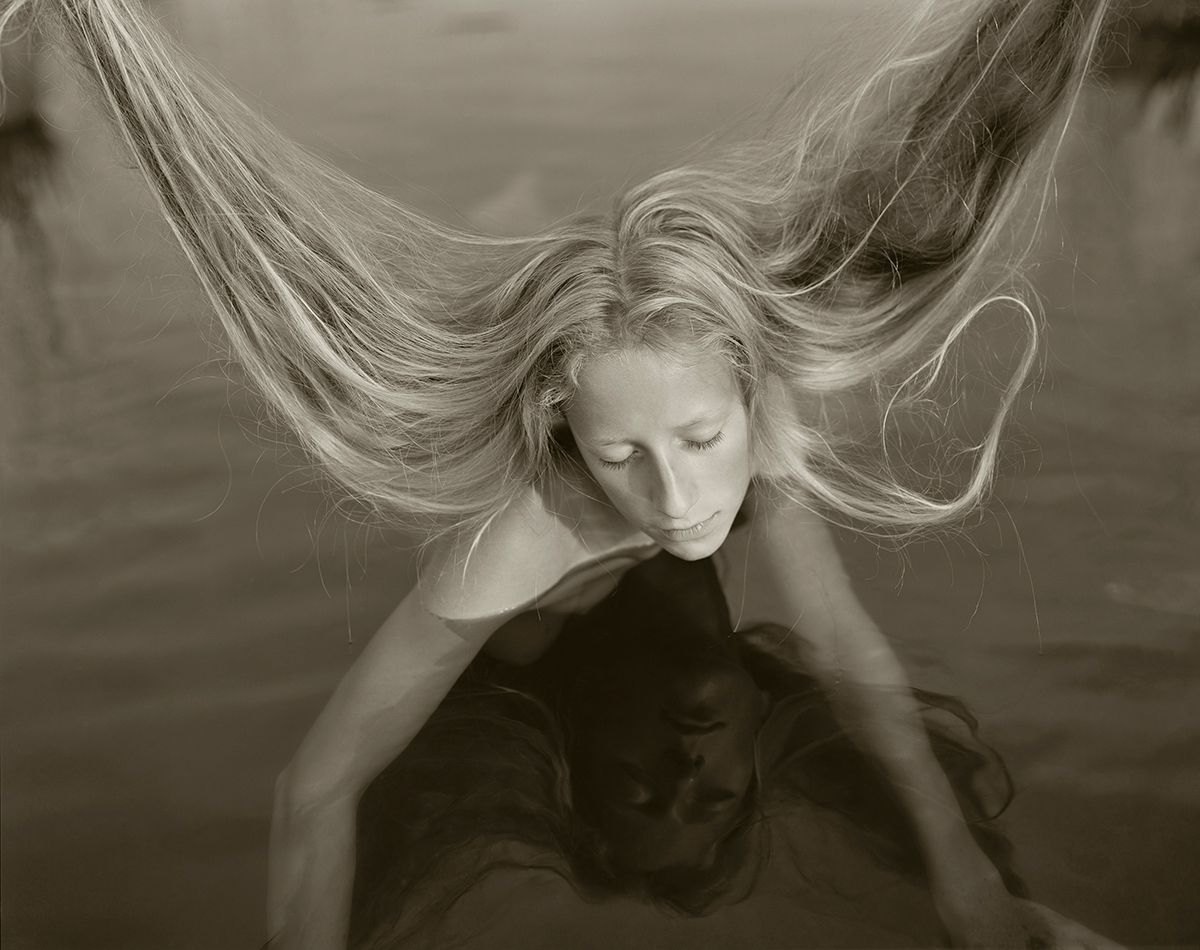
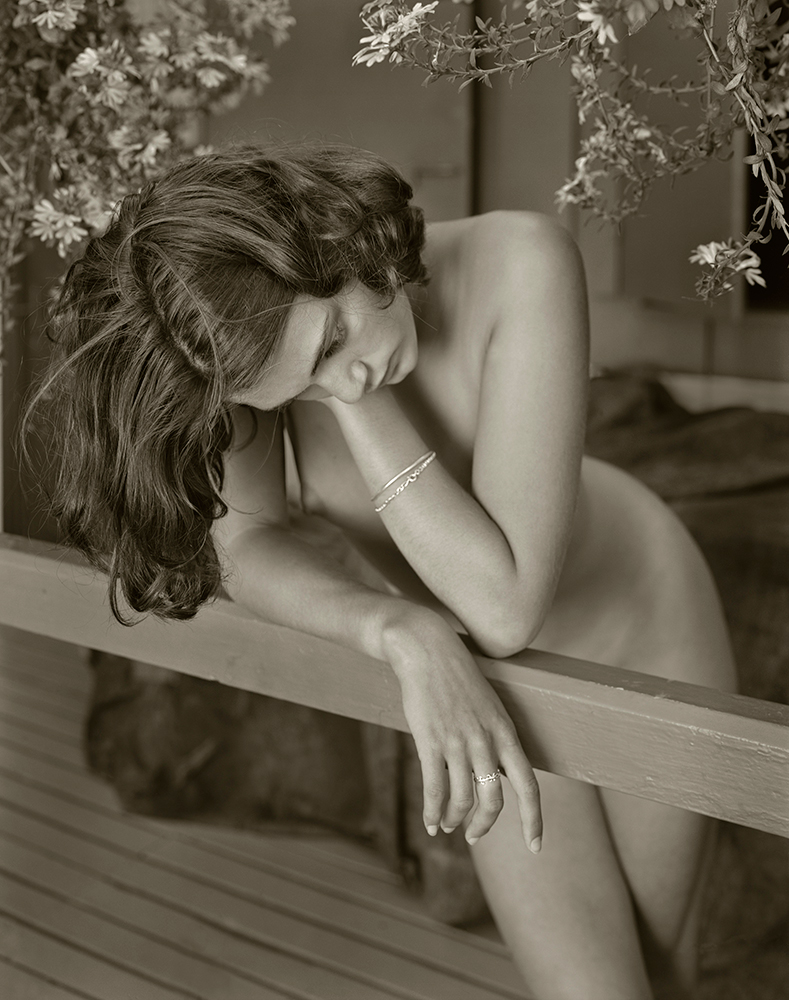
Phototherapy
What was your point of interest when you were working with your models?
The most interesting thing for me is who they are at that moment. I am interested in behavioral therapy, I have a degree in psychology. The picture can be one of three things for models: it can be a bad thing, it can be a neutral thing, and it can be something that really helps them in their life. So I am always trying to work in the third category and always talking to my models how happy I am to be with them, how beautiful they are to me. For me, everybody is like a lock, so when you turn the key in that lock you can really make a difference to them. When you work this way the models enjoy it, their eyes light up. By the way, one of my wife’s best friends, an anthropologist, has looked at this problem from another side. What she was looking to find was what was a feeling that my models shared. She talked to many of them and got answers that they felt accepted. They all liked that I didn’t make them pose, didn’t ask them to smile before the camera.
You didn’t make them pose? Really?
No, I didn’t. Сolleagues from the fashion world ask me sometimes why my works are so fresh and so different. In fact I don’t make up the story or think about poses for my models. I have no fancy tricks. I just let them be themselves: my work is easy, I don’t do anything.
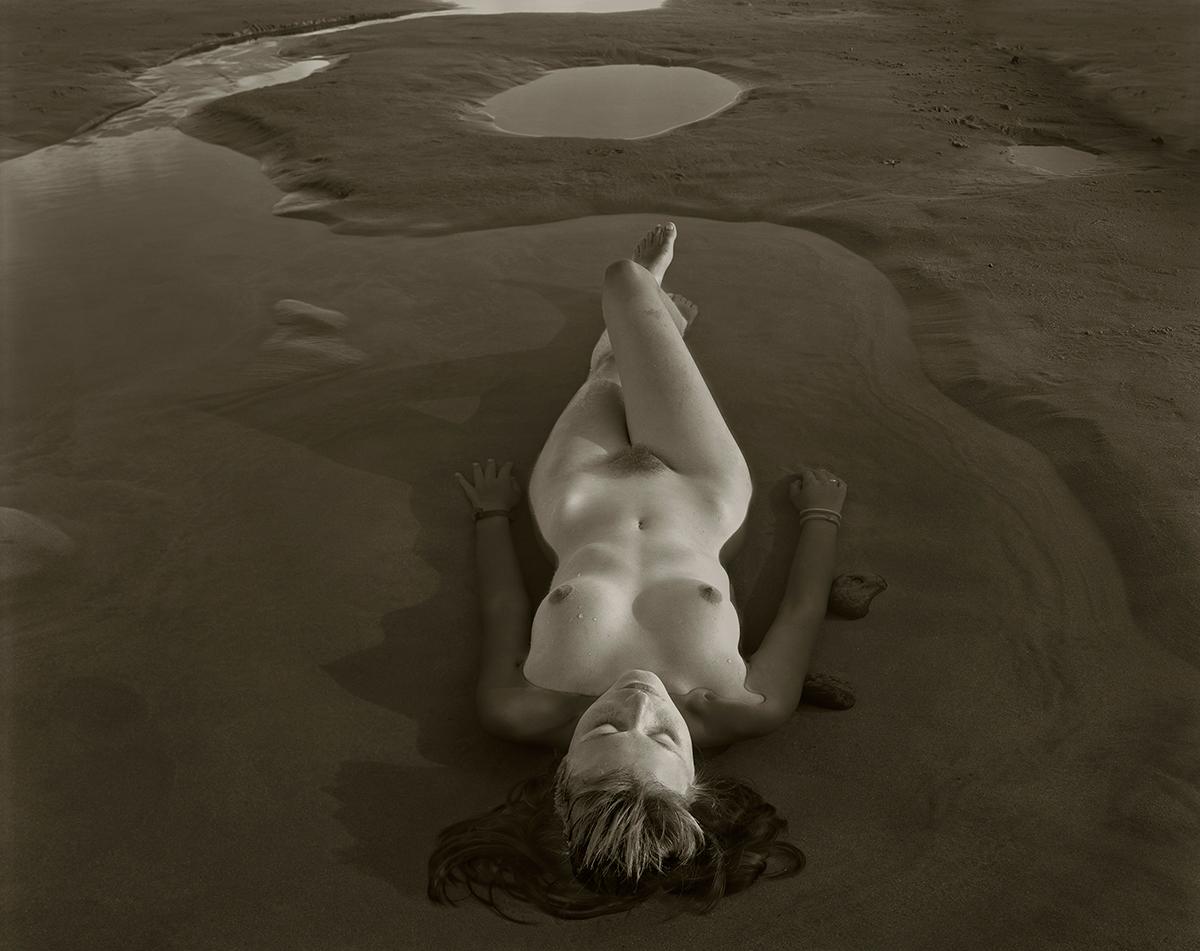
Why did you work in black-and-white?
A snapshot is a copy of reality, a fine art picture steps out of being a picture of this woman, this child, this place. It’s more about ideas. Color pictures are stuck to reality, and for them it’s hard to step into metaphor. But black-and-white are reduced to the essential. That’s why I usually work in black-and-white. I do like working in color, but it’s much harder.
Do you have some series in color?
I don’t have any series only in color. I have many series where some pictures are in black-and-white, some in color. Color is a challenge for me, and I like challenges. And like things that stretch me. But my first love is black-and-white and my last love is black-and-white.
Why did you choose a view camera?
I am interested in emotional nuances in pictures and this camera helps me to catch as much as I can. And also it makes me work very carefully because it’s so expensive and difficult to take a picture. Moreover, this big camera flatters models, they feel like actresses in a film.
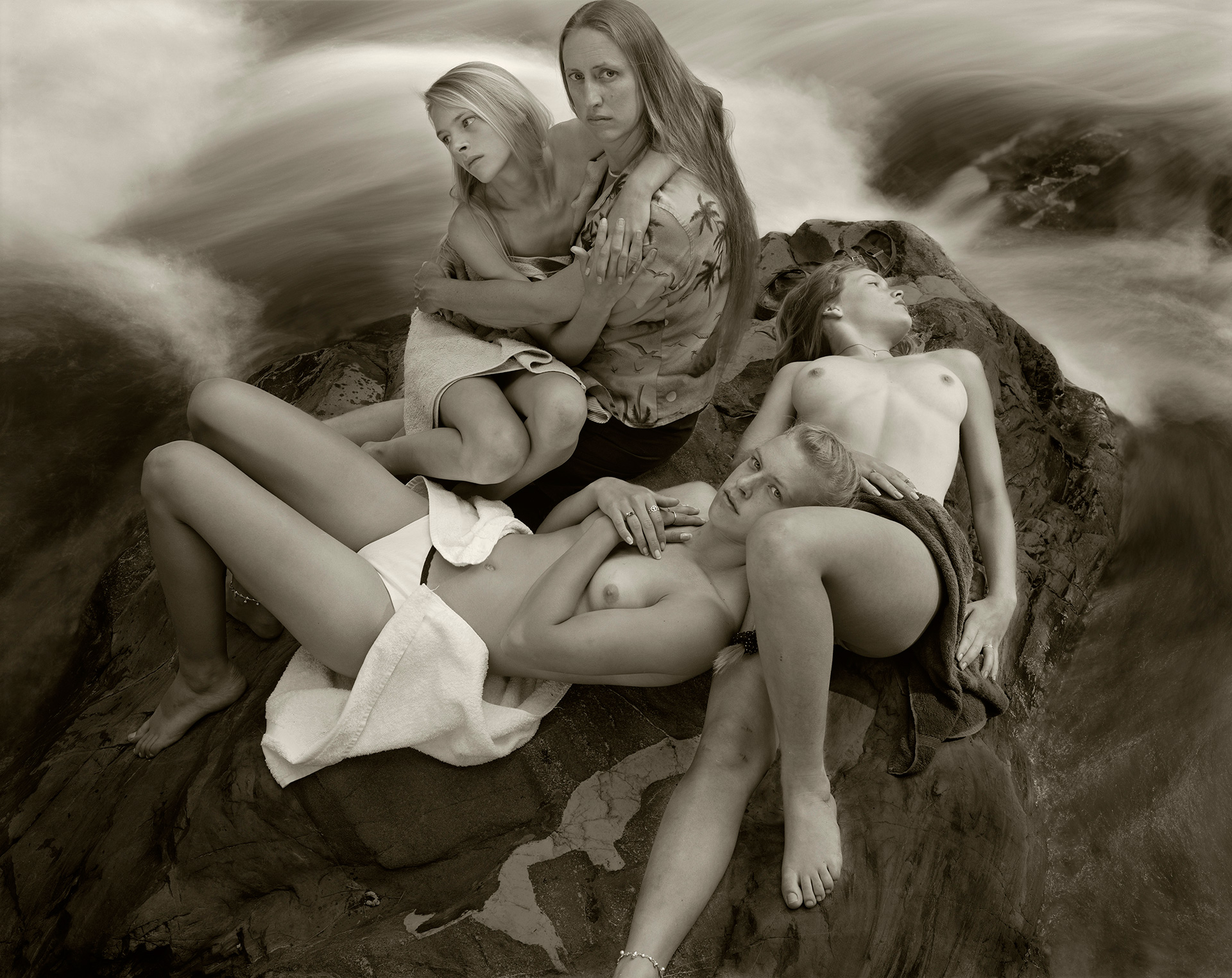
Cultural Code
Martin Parr said that looking at people on the beach you may get information about what country they are from? What might you say looking at nudists or hippies on the beach?
That’s very true. You can see the English from very far away — they wear socks and have a pink back. The Dutch are very tanned, the French always look good because they are French. Apart from that, nudists or hippies are the same everywhere, they are different from the others because they have no shame. If they go to the beach, they take off their clothes and jump into the water. If we talk about models, it’s very hard to generalize because every person is different.

What was so offensive for the Americans in your works in the 1990s? What were the real reasons for this conflict?
The real reason for this conflict was money. One particular person was behind this conflict. He was the head of the Evangelical Church and an anti-abortion activist. His name was Randall Terry. He appeared on the TV and the radio and called doctors the devil’s servants. Some people from his Church were murdering doctors. A feminist organization called the National Organization for Women decided to attack him in court using the laws that were designed to go after the organized crime. It was a losing business for Randall, and he settled out of court so they would go away. The feminists took his house, his cars, everything. A week after this story finished, Randall Terry appeared on the TV and the radio again. He talked about the horrible people who injured religious feelings. The horrible people were Sally Mann, David Hamilton and me. In six months I had to pay a lawyer in several American states to defend myself against this. Fortunately, we won in every single state. The grand jury looked into the evidence and said there was no case. So Randall Terry decided to use this campaign to raise money. He doesn’t care about abortion or naked people in photographs, he cares about money, and this new issue made people support his fund. When it became obvious that juries were not going to ban my books, he changed direction.
Do you have any problems with religious communities now?
No, I don’t. They ignore my exhibitions. But the religious communities are more and more in American politics. And now is a really terrible period, because the religious right has become more dangerous in America than ISIS in the Middle East. They talk about violence, not about Christian values.

New and best




